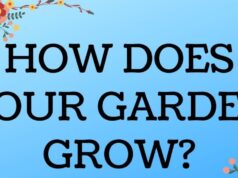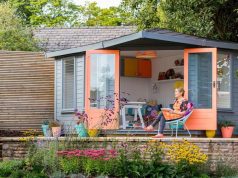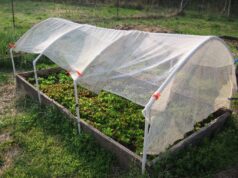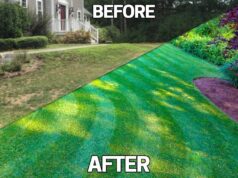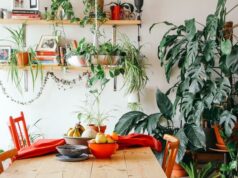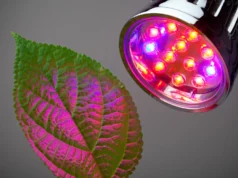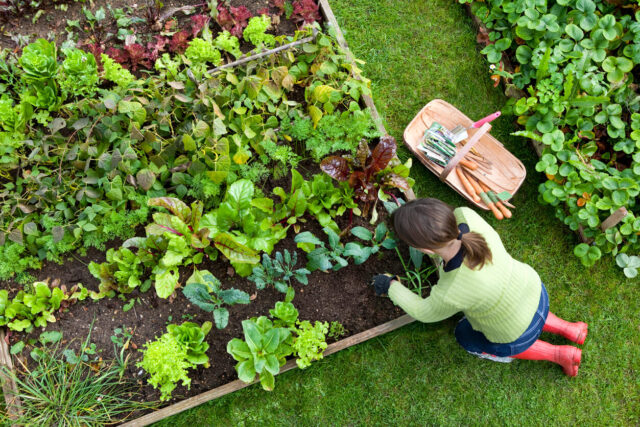
Do you have a green thumb? If not, do you want one?
Whether you’re a gardening novice or a long-time pro, planting a plot of vegetables in your own backyard is an extremely rewarding experience. Unlike simple flower gardens, vegetable gardens aren’t just fun and eye-catching, they’re also edible! This is a great hobby to have, as it gives you a chance to spend more time outdoors and helps you eat more healthy foods. However, starting a vegetable garden of your very own isn’t always easy, and you need to do a lot of planning if you want it to be successful.
Nothing beats cooking a meal using your own homegrown ingredients – you just need to know the basics before getting started. Get started today with these helpful garden-planning tips.
Study the Soil
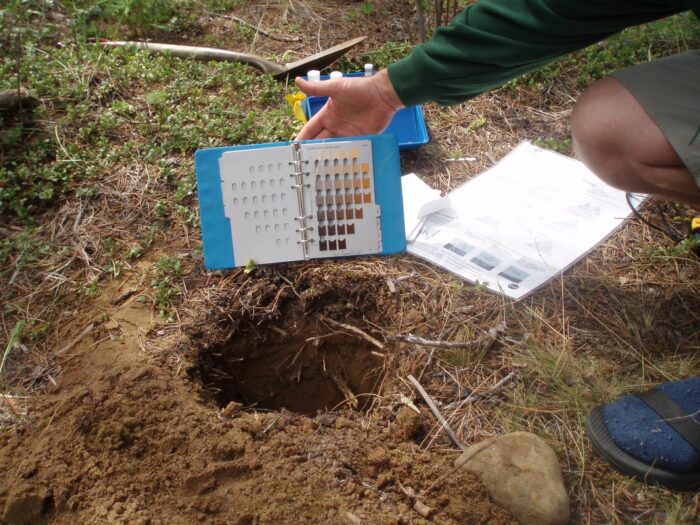
Before you can begin planting your garden, you need to find a place for your plot. Many of the decisions you make going forward rely heavily on the makeup of the soil you have access to. If you don’t have any gardening experience, you might just assume that you can plant a garden with whatever soil is already in your yard, but this isn’t usually the case. You may not realize it, but dirt is never “just” dirt.
If you’re a Philadelphia native looking at Redfin homes for sale, you might be surprised to learn just how different Arkansas soil is from Pennsylvania soil. Dirt that is soft, loose, and moist is preferable to dirt that is dry and rocky. Check the pH levels to determine if you should adjust it with limestone or sulfur. You likely don’t know what type of soil you have, so if you want to be sure, you can take a sample and send it out for testing. Fortunately, if there are any issues with your soil, it’s likely something that can be fixed as long as you’re aware of what it is.
Find the Right Spot for Your Garden
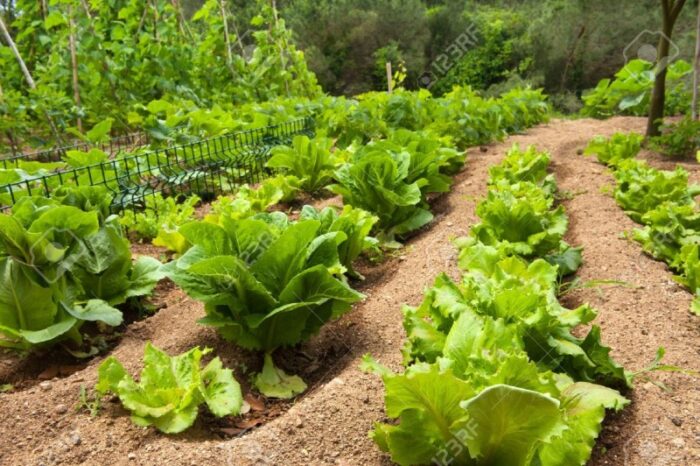
Not only do you want to make sure the soil is right for your garden before you start, but you also need to make sure that you choose the right spot in your yard. Different areas of your yard may get different amounts of light, so you should pay attention to how the light changes through the day. There might be some areas that are covered in light for the whole day, whereas others might only get a few hours each day before they’re covered in shadows.
You’ll also need to make sure that watering your garden is feasible for the area you pick. This might not be a big deal if you have a smaller yard, but for those with larger yards, you want to be sure that your hose reaches that area or get a longer one if you need to. Vegetable gardens require a lot of frequent watering, so you don’t want to worry about carrying a watering can back and forth to keep it watered. Setting up a good watering system ensures that your vegetables are taken care of and will make things much easier for you.
Pick Your Plants
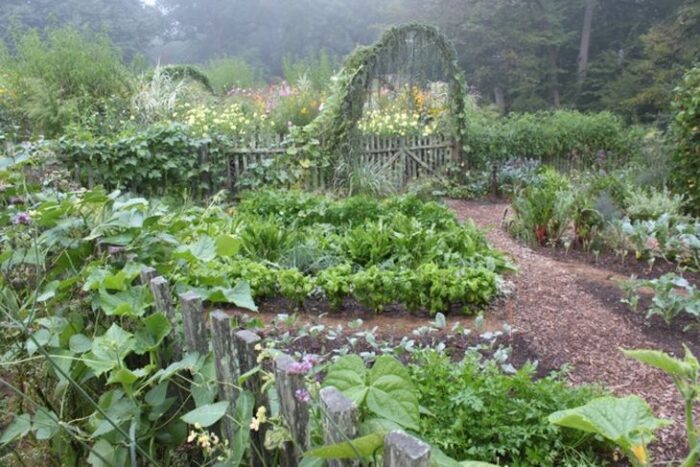
When you first start looking for seeds, it can be tempting to pick whatever plants you want, but not everything will grow well where you live. Because of this, you need to research the plants you want, just to make sure they’re right for your area. When choosing which vegetables to plant in your garden, soil compatibility is a key consideration. Equally important, though, are factors such as how much sunlight your plot reliably gets, the area’s climate, and the precipitation rate.
You also have to be careful about the time of year you plant which vegetables. Different plants do better at different times of the year, so you’ll need to plan when you’ll be planting what. For example, broccoli, turnips, and carrots are all vegetables that grow well in cold temperatures. Sweet potatoes, peas, and green beans, meanwhile, thrive in hot temperatures. Beets and cauliflower need a steady supply of water to water, whereas corn and mustard greens need less.
Diagram the Dirt
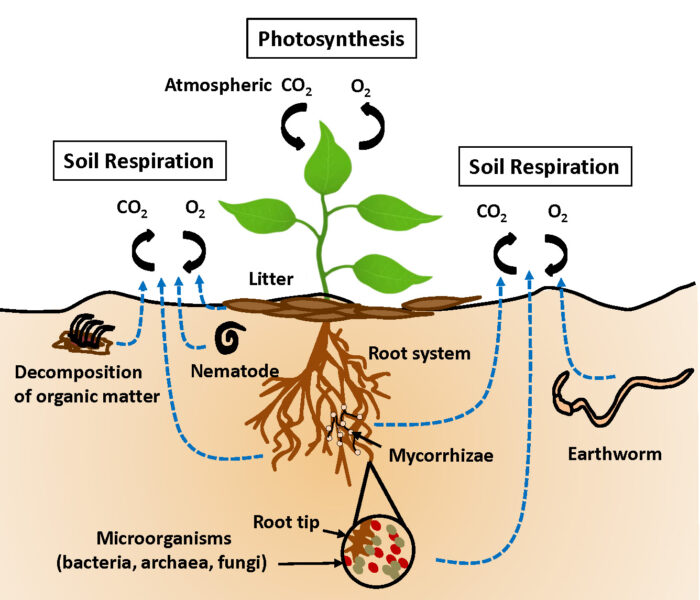
Once you have your plot picked out and seeds in hand, you’re almost ready to begin growing your garden. First, though, take a moment to visualize it. Think about where you want to put which vegetables. You already know that every plant has unique needs, but what about your needs? Your vegetables will need room to grow, so you want to make sure that you have space for everything you need. Figure out what size everything will grow to when it’s ready to be harvested, so you don’t have to worry about overcrowding.
To wit, which vegetables do you need to give the most attention to? Those are the ones you should position near the front of your plot to ensure easy access. Do you have vegetables that grow vertically, like peas and cucumbers? Plant them in a place where they won’t block the sunlight for the rest of your garden.
Inspect for Insects
Of course, you can’t completely get rid of insects. Every garden has bugs. That’s not unexpected, and it’s not necessarily a bad thing either. Many insects are relatively benign and won’t create problems for your brand new garden. Some, however, can be, well, pests. Keep an eye out for chew marks on leaves and slime trails on the ground.
If your garden is suffering a pest infestation, you might want to try something as simple as crop rotation or as dramatic as using traps, insecticidal soaps, or horticultural oils. The best option, though, might be to plant herbs like dill, thyme, fennel, and basil, which actively repel many common pests. Likewise, some of your plants might be at risk of getting eaten by birds, rabbits, and other small animals, so you want to make sure these are protected by simple things like chicken wire and other solutions that won’t harm the animals, but still keep your plants safe.

